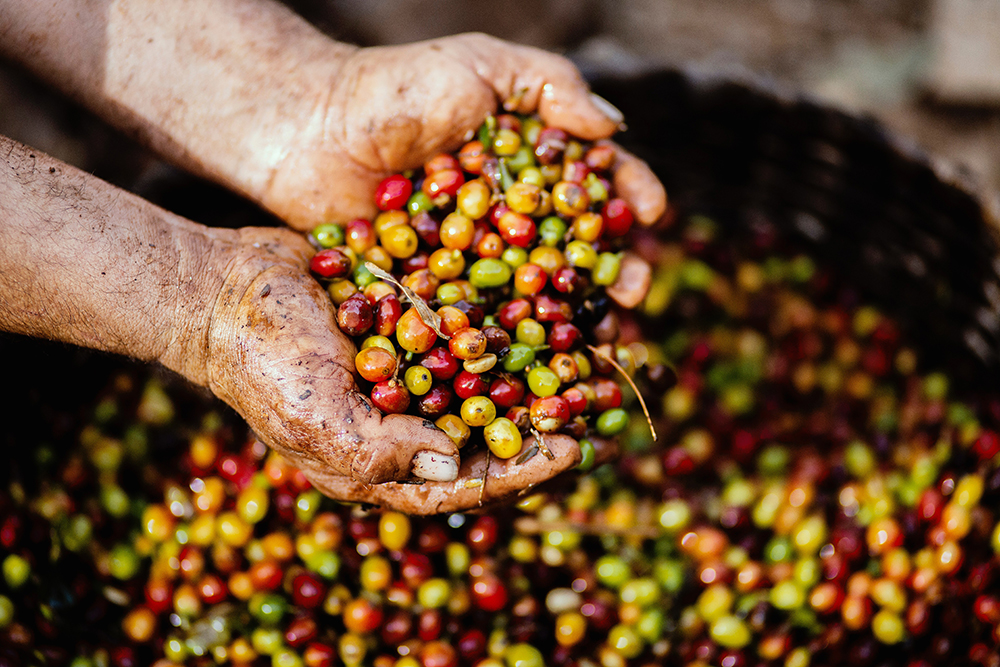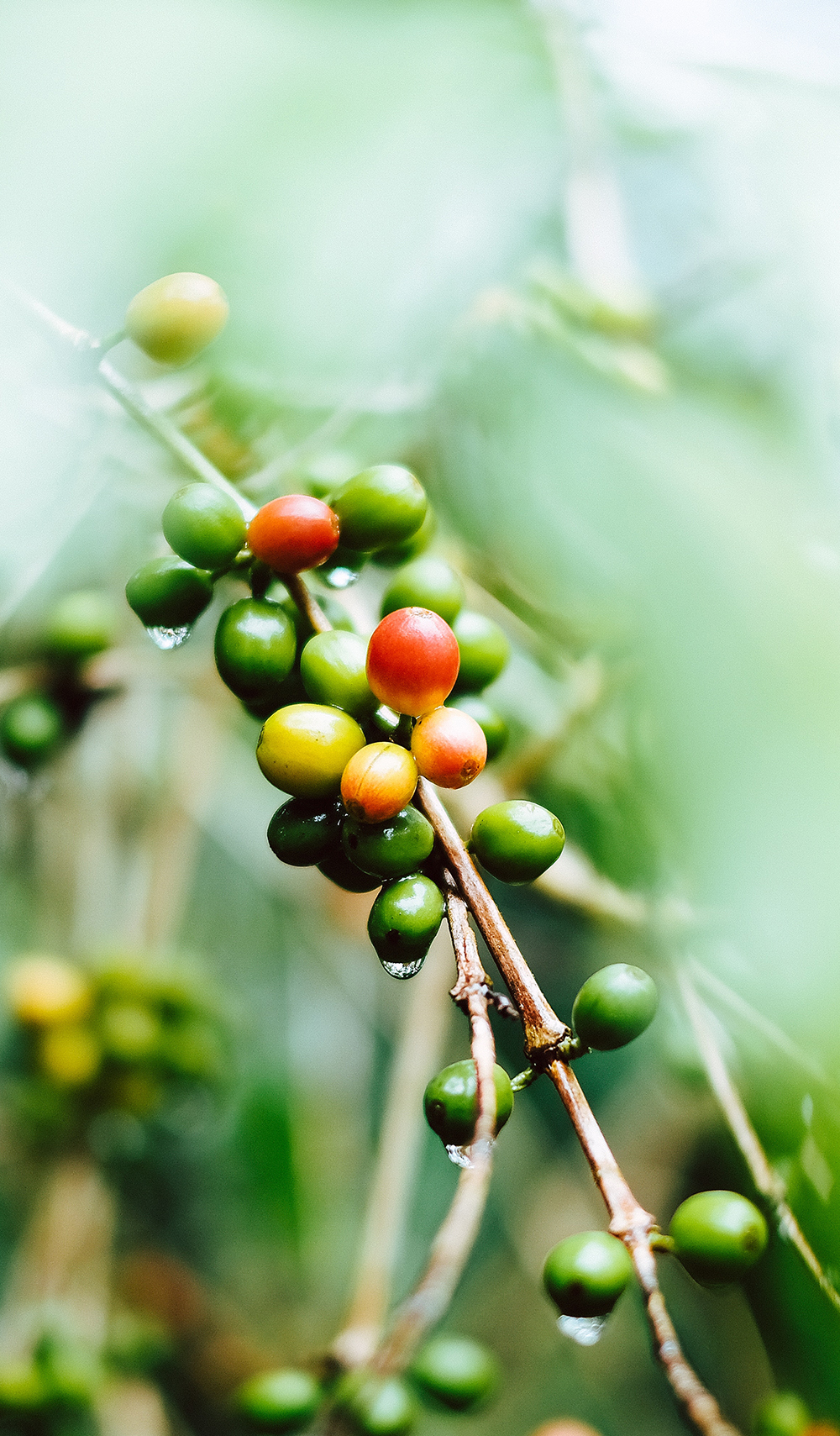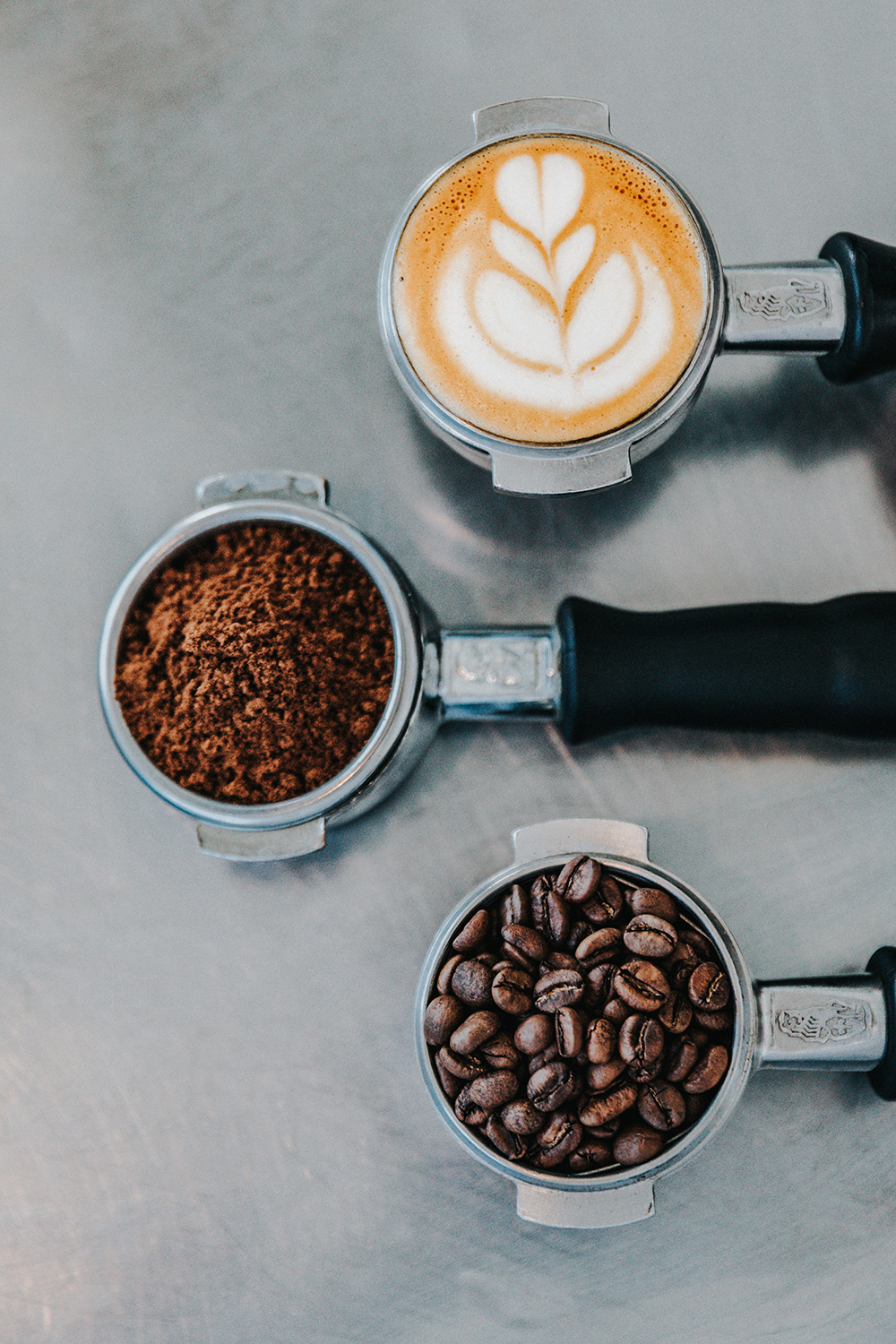By ABC science reporter Belinda Smith and environment reporter Nick Kilvert

If you're one of Australia's 11-million-plus coffee drinkers, you probably started today with a cup of caffeinated liquid gold.
Key points:
- Climate change is already affecting production of the two coffee species we mostly drink
- Of the 124 wild coffee species, at least 60 per cent are at risk of dying out
- If coffee species diversity is lost, it will be harder to create hybrids resistant to extreme weather and pests
You might also want to sit down before reading this. And maybe grab another latte while you still can.
Of the 124 wild coffee species worldwide, UK researchers have declared at least 60 per cent of them in danger of dying out.
But wild coffee isn't what I drink, you say?
Well ...
The wild relative of the world's most popular coffee species, Coffea arabica, is an endangered species.
In a paper published in Science Advances today, the researchers warn we need to beef up existing conservation plans, because the ones we have in place now are "inadequate".
"Ultimately, we need to reverse deforestation and reduce greenhouse gas emissions," said Aaron Davis, coffee researcher at the Royal Botanic Gardens, Kew, and lead author of the paper.
Why we need wild coffee
The lion's share of the world's coffee trade rests on two coffee species: C. arabica and C. canephora, which is also known as robusta.
Arabica coffee can be a finicky crop. It matures slowly and grows best in the shade of trees on high-altitude farms, hence its moniker "mountain coffee".
But with deforestation and a changing climate, which brings unpredictable rain, pests and fungal diseases, coffee farmers will be hit hard.
A 2016 report by The Climate Institute found worldwide coffee production could be cut in half by 2050.
We're already seeing declining production and quality in some traditional coffee-growing regions, said Robert Henry, a plant geneticist at the University of Queensland who was not involved in the research.
"It's going to have to be a fair effort to try and keep up the supply of good quality coffee," Professor Henry said.
"Certainly some of the wild relatives might offer us options for breeding some of those in the future."
So Dr Davis and his colleagues surveyed how will wild coffee might fare in the face of climate change, according to IUCN Red List of Threatened Species criteria.
The news was not good.
At least 60 per cent of coffee species were at risk of disappearing, compared to the global figure of 22 per cent for all plants.
Some 13 coffee species were deemed "critically endangered", with 40 assessed to be "endangered", and another 22 "vulnerable".
Only 35 species were found "near threatened" or "least concern".
The team could not obtain sufficient data for the remaining 14 species, due to factors like conflict in the growing region, such as in the case of Angolan coffee species.
"It is likely that some of these species are threatened and that some could be extinct," they wrote.
 Create resistance while retaining flavour
Create resistance while retaining flavour
So why not store coffee beans in a seed bank? Unfortunately, it's not that simple.
"It is difficult, perhaps impossible, to conserve coffee using conventional seed storage methods," Dr Davis said.
This is because seed bank storage freezers, even at -20 degrees Celsius, don't cut it when it comes to preserving coffee beans.
They need to be chilled by liquid nitrogen — a costly process.
To conserve wild coffee species and their genetic diversity, Dr Davis said, we must "devise and manage the world's protected areas more efficiently".
If wild coffee species disappear off the face of the earth, they may take with them genes that protect against diseases and coffee-chomping insects, or allow the plant to thrive in warmer climes.
So while we may not drink coffee from wild species, it's their ability to shore up the genetic resistance of our beloved arabica that makes them so important.
"There is potential to use previously unutilised or under-utilised wild coffee species to produce new coffee crop cultivars or hybrids, via breeding, that are able to grow in climates that arabica and robusta coffee cannot tolerate," Dr Davis said.
In an age where gene editing is a common tool in laboratories around the world, it's not quite as simple as transferring a pest-resistant gene, for instance, from one coffee species to another.
"The challenge will be to get ones that can make coffee that we like to drink," Professor Henry said.
It's the high sugar content in arabica beans that develops those delicious nutty, chocolatey flavours as their roasted.
Most wild coffee beans don't contain that much sugar — or caffeine either, for that matter.
"There's a market for low-caffeine coffee and, in fact, some of these [wild species] could be a way we produce naturally decaffeinated coffee," Professor Henry said.
"But for many coffee drinkers, that won't be satisfactory."
Contacts: Professor Robert Henry, Centre for Crop Science, QAAFI at UQ email: robert.henry@uq.edu.au; QAAFI Communications, Natalie MacGregor, n.macgregor@uq.edu.au, +61 (0)409 135 651.
SOURCE: ABC NEWS -Science 17 January - Online



